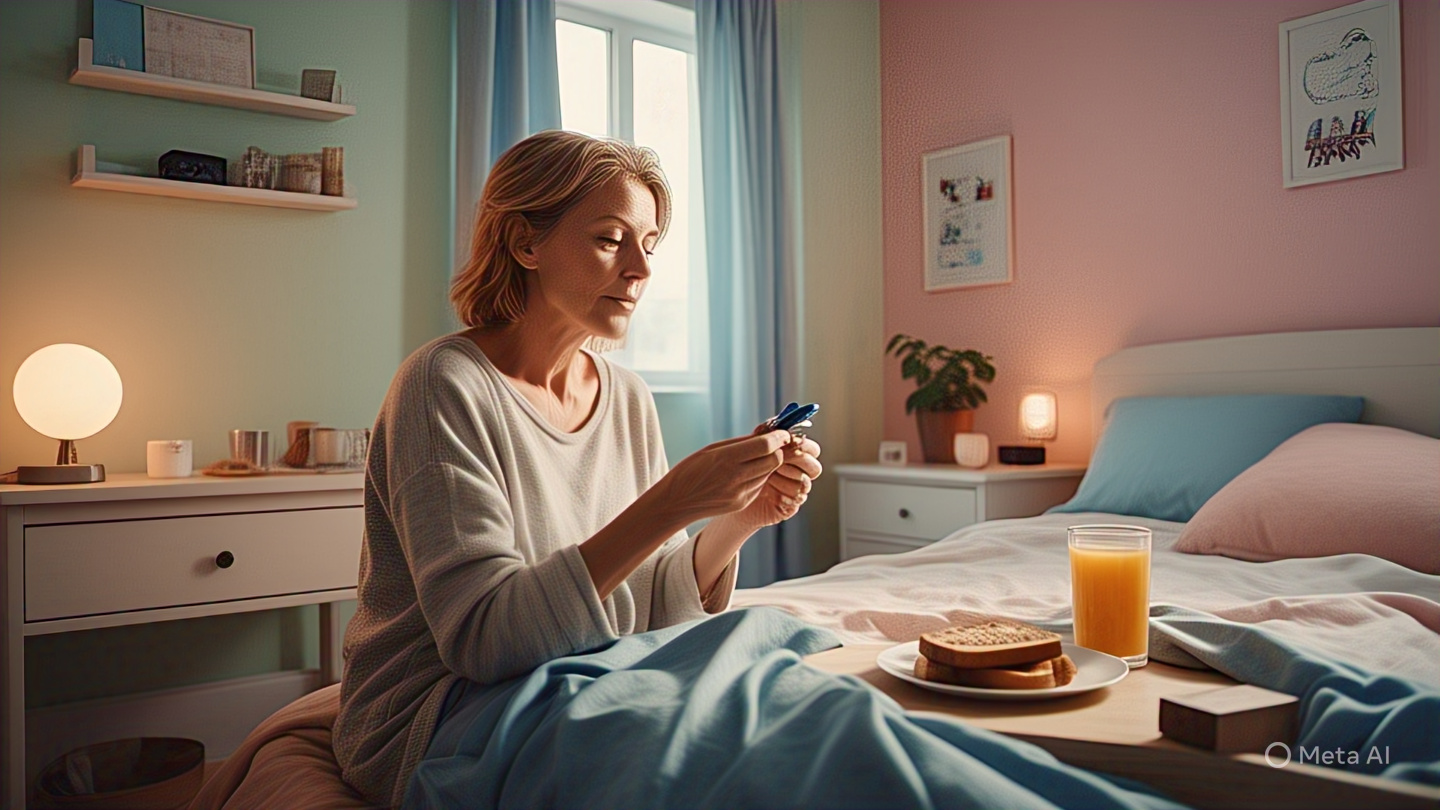Women want to look fresh and rested. But not everyone agrees on the best way to get that result. Some swear by daily skincare routines filled with serums and SPF.
Others prefer in-clinic treatments like Botox for faster, longer-lasting results. So, where do you actually start if you’re serious about slowing down signs of ageing?
Let’s discuss this topic in detail. Here, we’ll talk about what skincare can do, what Botox can fix, and how the two can work together instead of being treated as either-or.
The Basics of Ageing Skin
The human skin isn’t just a surface. It has several layers and always changes. As we get older, the body produces less collagen and elastin. These are what keeps your skin plump and stretchy. Once they go, fine lines will turn into permanent ones.
Add other elements like sun exposure, stress, late nights, and not enough water. And ageing speeds up. That’s where both skincare and treatments like Botox try to help. But they do it in totally different ways.
What Daily Skincare Can (and Can’t) Do
You should see skincare as your long-term support system. SPF, retinol, vitamin C, and hyaluronic acid. All of these help with hydration, skin tone, and eventually, slowing down the first signs of ageing.
If you’re consistent with your routine, skincare can:
- Brighten your skin
- Reduce surface-level wrinkles
- Prevent further damage
But here’s the catch: skincare works on the outside. It can’t get deep enough to stop the actual muscle movement that causes frown lines. If you already have deep-set lines, you might notice that serums don’t quite cut it anymore.
What Botox Brings to the Table
Botox goes where skincare simply can’t. It works underneath the surface and it targets the small facial muscles that repeatedly contract every time you squint (or raise your eyebrows). Over time, those movements create lines that eventually stick. Even when your face is at rest.
Botox works by temporarily relaxing those muscles. It doesn’t change your face or freeze your expressions completely, which a myth. When it’s done right, you still look like you. You just look fresher, more relaxed, and less tired.
The treatment itself is fast. You get a few injections, and you’re done in less than 15 minutes. You might see some mild redness or swelling for an hour or two, but it usually fades quickly.
Botox is especially useful for:
- Horizontal forehead lines
- Lines between the eyebrows (they call those “11s” in the industry)
- Crow’s feet around the eyes
- Bunny lines (located on the nose)
- Softening a gummy smile
- Lifting the eyebrows slightly for a more open look
It’s worth noting that it’s also used off-label for things like teeth grinding (masseter Botox), excessive sweating, and even migraines.
Why Professional Training Matters
Botox and dermal fillers are medical procedures, they’re not beauty treatments. It’s about anatomy, sterile technique, and precision. That’s why aesthetic courses are designed specifically for trained professionals like doctors, nurses, and dentists.
At LW Aesthetics Academy, near Manchester, UK, healthcare professionals can learn to deliver safe, subtle results without looking overdone. The training focuses on practical, hands-on techniques that prioritise natural outcomes and patient safety.
There’s a growing demand for aesthetic work. But there’s also growing awareness from clients who want results done properly. Training makes all the difference.
A Word on Dermal Fillers and Blanching
Botox tackles expression lines, but dermal fillers help restore volume. Think under the eyes, lips, or cheek areas.
A technique worth mentioning here is the modified Blanching Technique. It’s designed for more precise filler placement with fewer side effects like bruising or lumps. It helps deliver a smoother, more natural finish especially in delicate areas.
Where Botox and Skincare Meet
Here’s the truth: it’s not Botox versus skincare. It’s Botox plus skincare. These two approaches aren’t competing. Instead, they complement each other.
Skincare works on the outer layers of your skin. It helps with hydration, brightness, texture, and protection against the sun and environmental damage. We use it for maintenance. It keeps your skin barrier strong, which is crucial for overall skin health.
Botox, on the other hand, works underneath. More on the muscle level. It stops the repeated movements that create dynamic wrinkles over time. That’s something no cream can do, no matter how expensive it is.
When you use both together, the results are better. They also last for longer. For example, if you’re using SPF daily and applying retinol a few nights a week, your skin is already in a good place.
Add Botox, and you’re reducing the muscle activity that causes wrinkles to deepen. Plus, your good skincare habits help maintain the smooth results you get from injectables.
Which One Should You Start With?
You want to focus on building a strong skincare routine if you’re in your 20s or early 30s. Use SPF every day. Also, don’t sleep in makeup. Other than that, you want to try ingredients like retinol or peptides if you want to get serious.
By your mid-30s, small lines might start to stick around longer. That’s where Botox can help. Especially for frown lines or forehead creases. You don’t need to jump in with both feet, but a light dose from a trained professional can make a difference.
And if you’re already seeing defined lines, you can combine Botox with the right skincare routine and the clock could turn back a bit for you.
Final Thoughts
If you want to fight ageing the smart way, don’t choose between skincare and Botox. Instead, use both. Skincare builds a strong base. Botox adds precision when you need it.

Leave a Reply